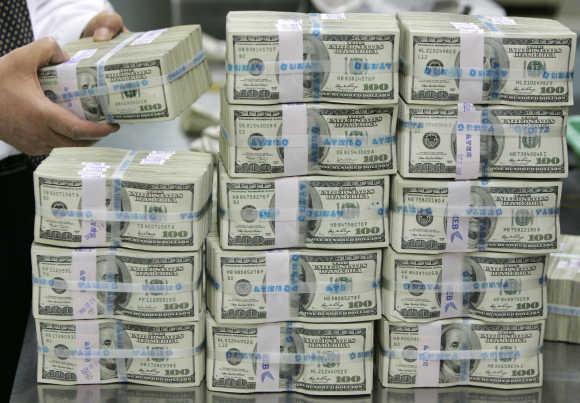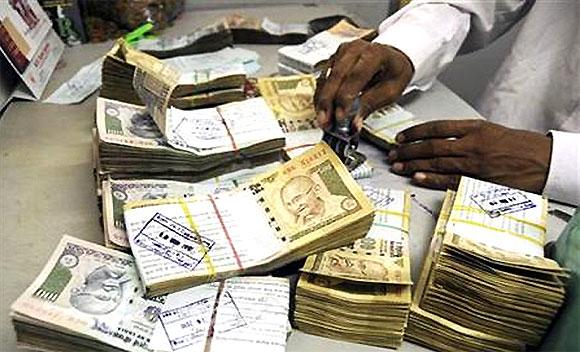 64% of 800 investors polled think it will start this week but weak US data suggest it might not be aggressive.
T
64% of 800 investors polled think it will start this week but weak US data suggest it might not be aggressive.
Two big events this week - the
Federal Open Market Committee (FOMC) meeting on Wednesday and RBI's
policy review on Friday - will determine which way equity markets head.
Since June, the Federal Reserve has been looking to taper its $85
billion a month bond buying programme. The FOMC's meeting is crucial for
emerging markets like India because over the last few years, financial
markets have been fuelled by easy liquidity.
Since 2009, $100
billion has flowed into Indian equities. Not surprising, then, that the
talk of a possible taper from this month has sent risk assets and
commodities into a tailspin.
So, are the taper related fears unfounded or are they real? To begin
with, markets have already priced in some tapering from this month.
However, if the Fed tapers its bond buying by $10 billion, the impact on
financial markets would be negligible.
But if it is higher than $10 billion, markets may roil. According to a
Barclays survey, conducted among 800 global investors, 64 per cent of
respondents believe tapering will start this week and almost all of them
expect it to occur before the end of the year.
Investors now
perceive the removal of Fed stimulus will start earlier, the survey
says. Forty five per cent expect the Fed to finish their open-ended QE3
programme in second quarter of 2014, while most respondents in our June
survey thought it would happen in the fourth quarter of 2014 or later.
Interestingly, most investors believe equities have become less
attractive but have shown a slight increase in their preference for
emerging markets and commodities from June.
Barclays says:
"The perception of key risks has also shifted. Last quarter, a reduction
in Fed policy stimulus was seen as the key risk for markets by nearly
40 per cent of survey participants; today, the number is just 26 per
cent."
Several economists in the US believe concerns regarding a taper could
be premature, as growth data continues to be weak and the Fed does not
want "risk off" trades just yet.
Talks of a taper have pushed up interest rates in the US by over 100
basis points and any further increase would impact growth. For starters,
it is believed growth has slowed in the third quarter (ended September)
from the 2.5 per cent seen in the second quarter. Economic growth
bottomed out in the fourth quarter of 2012 when it touched 0.1 per cent.
While there is no doubt that growth is picking up, questions remain on
how sustainable this would be without the stimulus.
Since the
Fed met at the end of July, there have been 21 growth-related data
releases. Of the 21 releases, 12 have been below consensus.
New home sales in the US in the month of July have fallen by 13.4 per
cent. Bank of America Merrill Lynch says it's a close call but it is
still in the December camp when it comes to the Fed's possible tapering.


